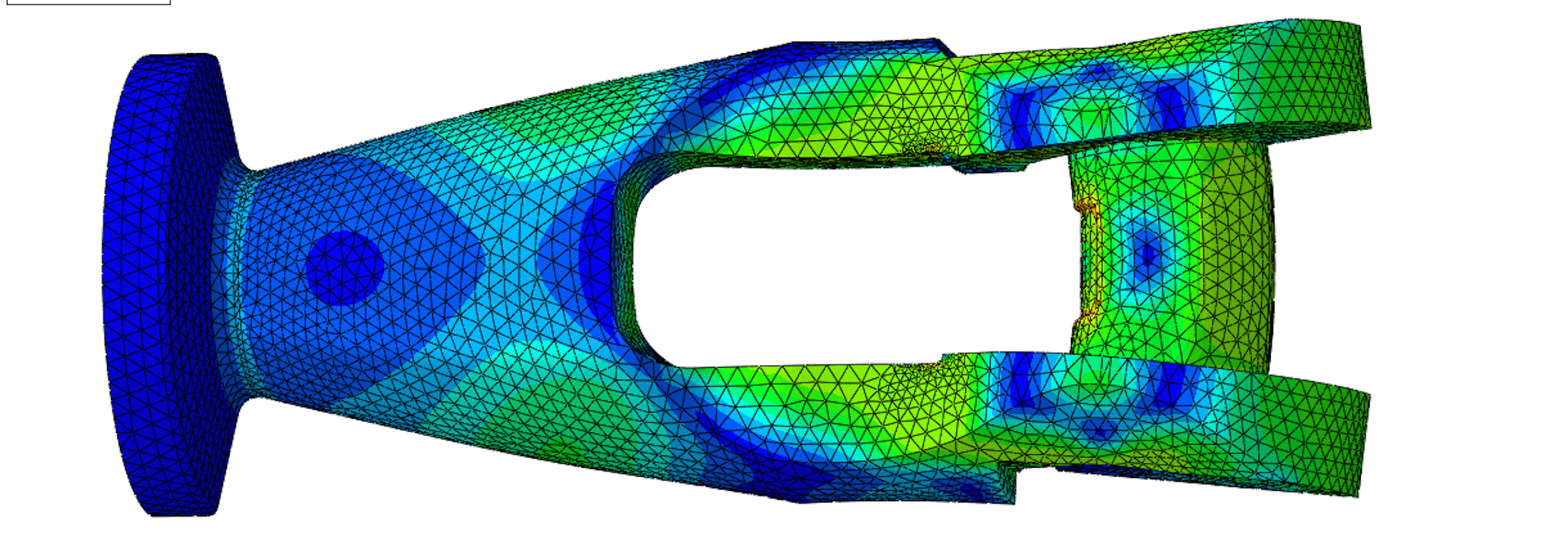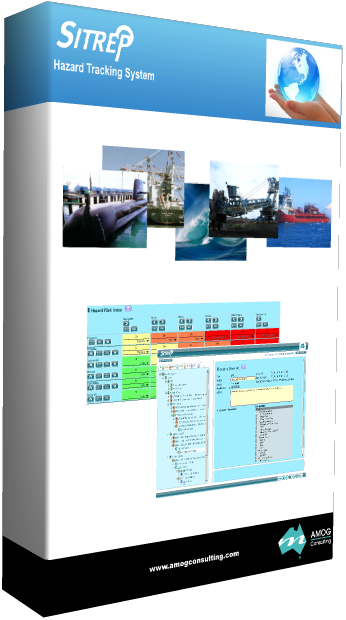With over twenty years of industry use and continuous development, SHEAR7 is one of the leading modeling tools for the prediction of vortex-induced vibration (VIV). The program’s forte is the VIV response prediction of offshore structures subjected to spatially varying currents; realistic of ocean environments. The program enables users to estimate structural responses, mean drag force amplification factors and predict fatigue damage. It is simple and fast to run with all the results summarized in a convenient standard output file. The new release allows for more accurate modeling of Strakes.
For more information about SHEAR7 including demo software and licence enquiries, please visit the SHEAR7 website.
The nuts and bolts...
SHEAR7 is a mode superposition program, which evaluates which modes are likely to be excited by vortex shedding and estimates the steady state,cross-flow, VIV response in uniform or sheared flows. It is capable of evaluating multi-mode, non-lock-in response, as well as single mode lock-in response.
The program evaluates natural frequencies and mode shapes of cables and beams with linearly varying or slowly varying tension and with a variety of boundary conditions, including cantilevers and free hanging risers. The program is capable of evaluating the natural frequencies and mode shapes and VIV response of horizontal catenary cables and uses an approximate structural model for inclined catenary cables.
The user may choose to compute natural frequencies and mode shapes in a separate program, such as a finite element program and provide them as input to SHEAR7 in a common.mds file. In this way, structures which are not in the standard solution set of SHEAR7 may be evaluated.
SHEAR7 can be used to predict the cross flow RMS displacement and stress; as well as fatigue damage rate and local drag amplification coefficients.
Cylinders are not required to be of constant cross-section. The user may also model sections of risers with VIV suppression devices (strakes and fairings) as well as staggered buoyancy modules.
The basic solution technique used is modal analysis and iteration (to account for the non-linear relationship between response and lift coefficient.) The physical assumption is that the power input (by lift force) and power output (through damping) for each mode should be in balance in a steady state. From initial values of lift and damping coefficients, the program finds the lift and damping coefficients in a balanced state through iteration. The converged lift and damping coefficients are used to compute cylinder response.
Throughout the years of development, SHEAR7 has remained a very simple to use program, that can quickly be run from a standard desktop computer. Once the program has run, an out file is produced which conveniently summarizes the results.
- Incorporate your own lift coefficient and damping data from experiments to predict behavour of long flexible structures.
- The ability to define the lift and damping behaviour separately for each zone on the structure.
- Results can be produced in the time domain for rainflow fatigue calculations or incorporation with other modeling programs.
SHEAR7 VIV Training
The next SHEAR7 Training Course is designed for those new to the SHEAR7, those who would like a refresher and also experts who are looking to further expand their understanding of the software.
Usually held annually in March, if you would like to enquire about SHEAR7 courses or if you would like more information on SHEAR7, please contact us via the SHEAR7 website.


